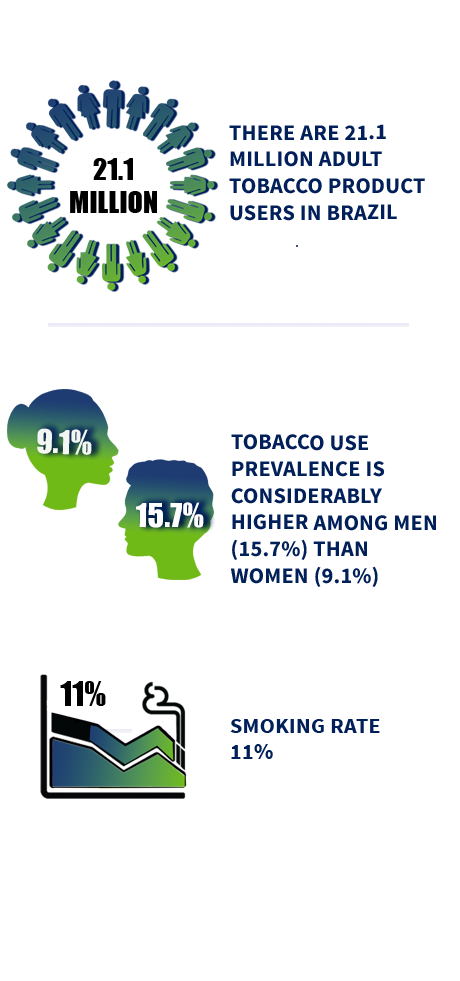This page was last edited on: March 26, 2024 at 3:21 pm
11% (2022)
12.3% (2022)

As research findings become available that are inclusive of additional gender identities, the Foundation will update the information presented.
© 2023 Foundation for a Smoke-Free World. All rights reserved.